The interiors of the flats have now been stripped in preparation for replacement concrete floor slabs. The fittings have been carefully stored away, ready for restoration once the work is complete. The new slab work will also allow for underfloor heating to be installed in the ground floor flats, which will be much appreciated by the new occupants!
Deconstruction has thrown up a few interesting finds, including this inscription on the underside of one of the shower bases, dated 28 January 1957. The name refers to the original building contractors, Cecil & R. Davenport & Sons. Sir Miles Warren wrote of the contractors:
"The builders were Cecil Davenport and his brother Snow, both rather dour and humourless, and a pesky apprentice. About halfway through building, Davenport, exasperated by my attitude, demanded to know why I looked so critical and unhappy with the work. He had misread me: I was being hard on myself and was worried about my design and detailing, not about his good workmanship."
Given how radically new the form and structure of the buildings were at the time, it is hardly surprising if there was some friction between a young idealistic architect and his older and more traditionally-minded builders!

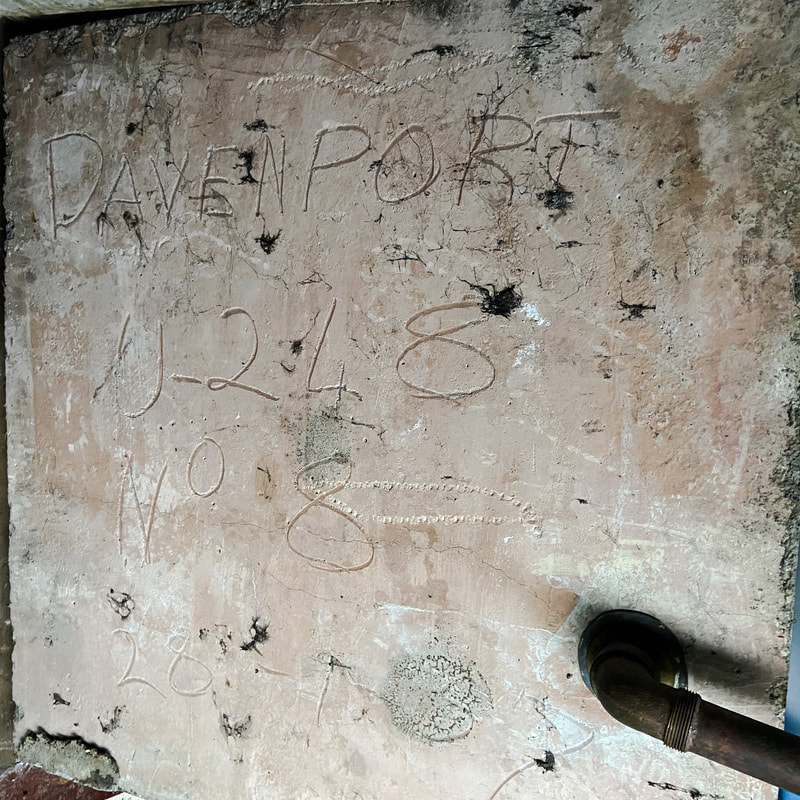
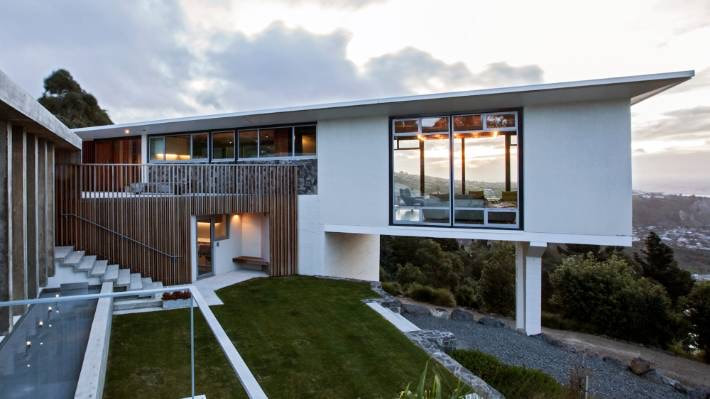
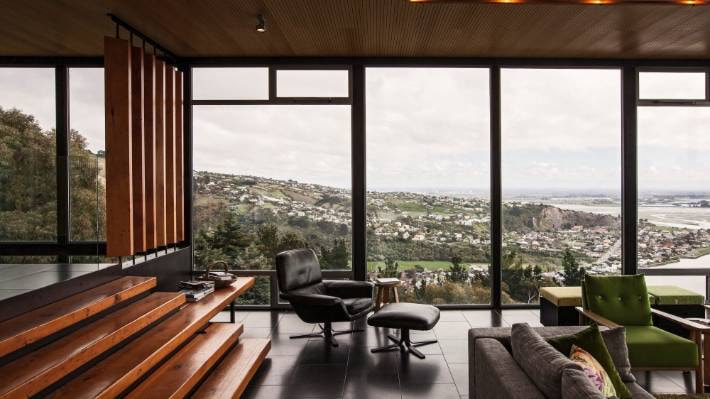
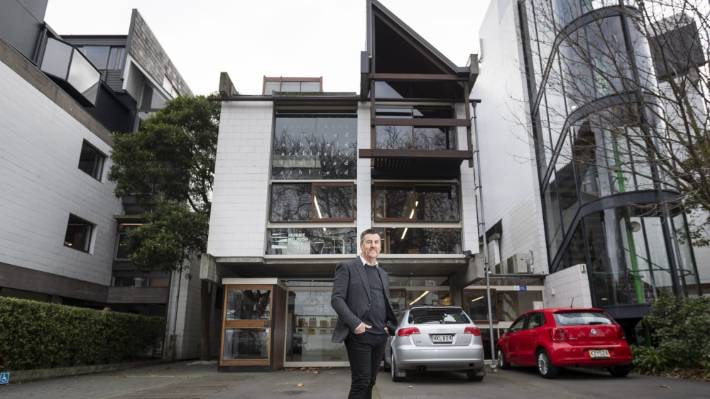

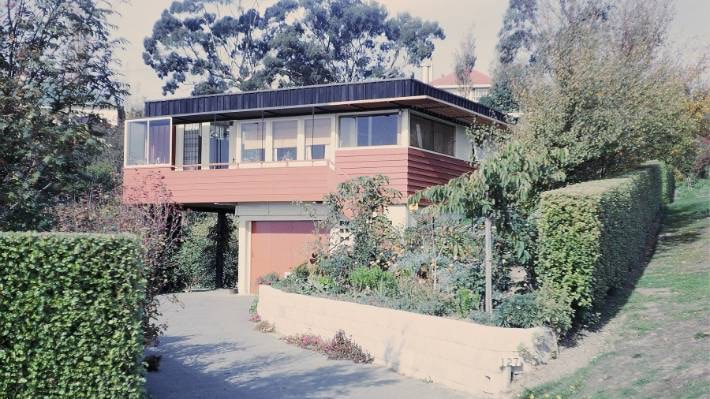
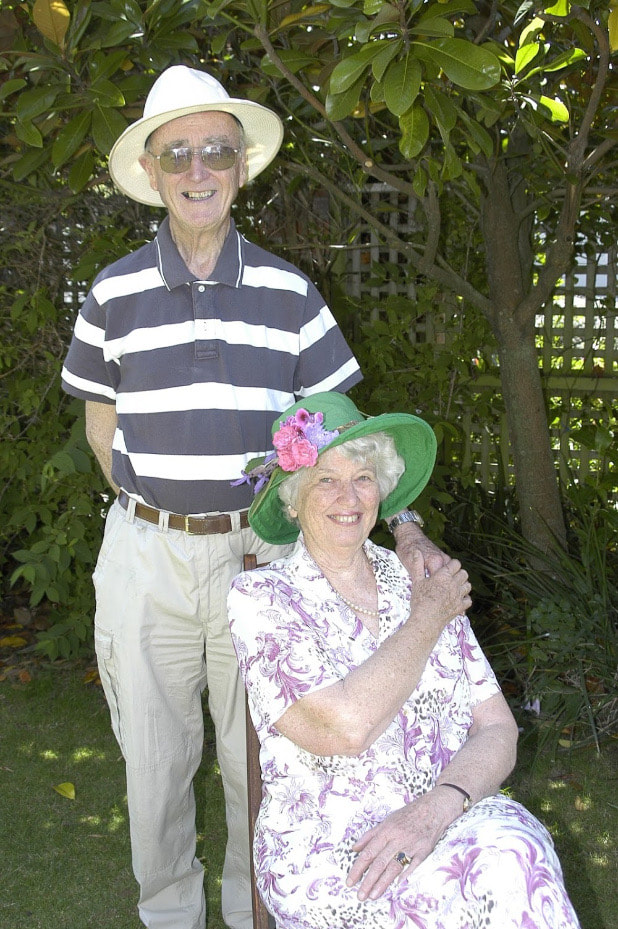
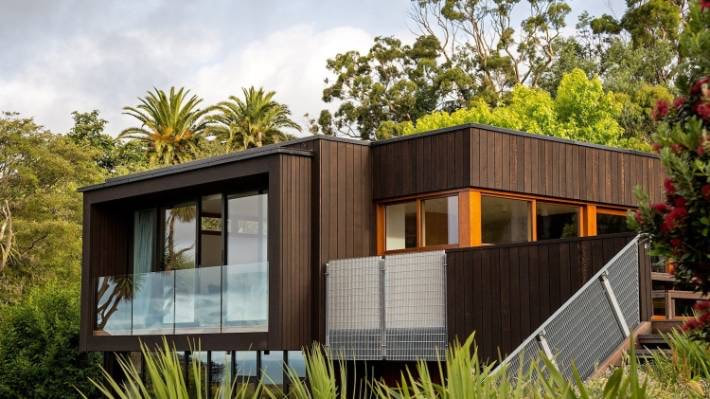
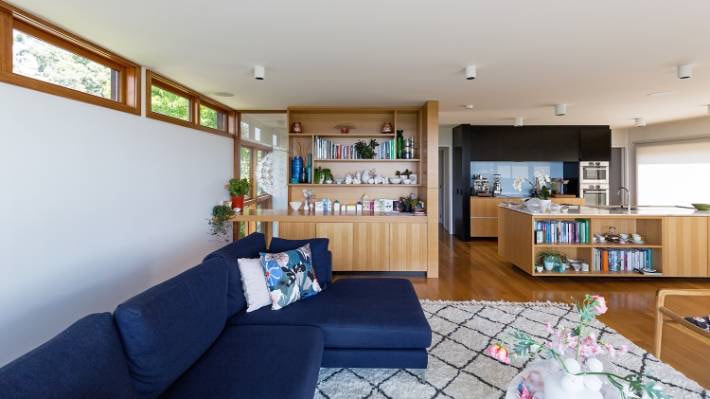
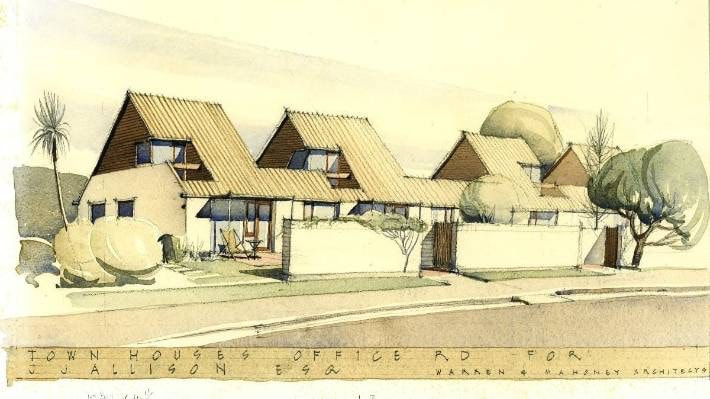
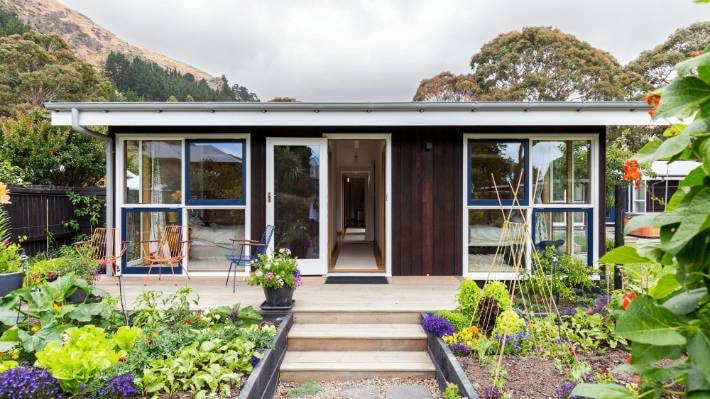
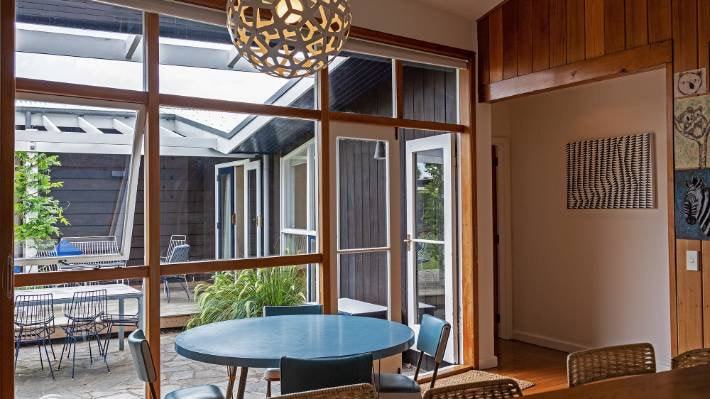
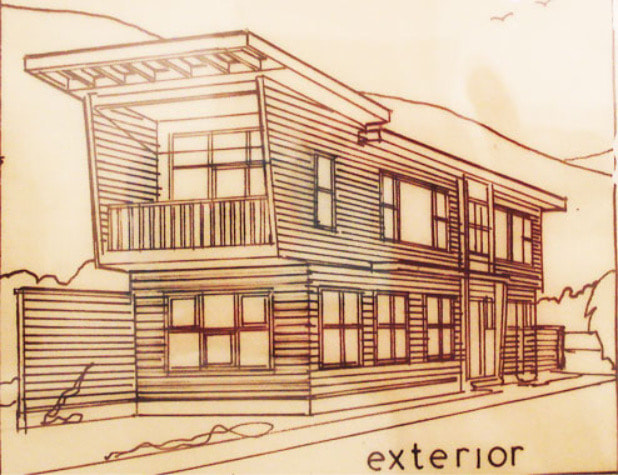
 RSS Feed
RSS Feed